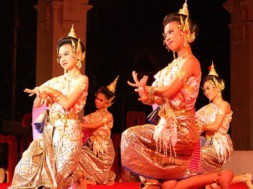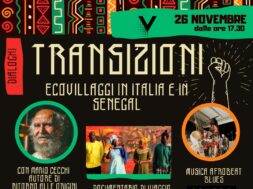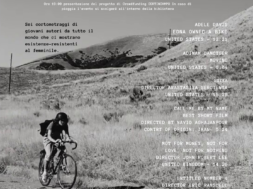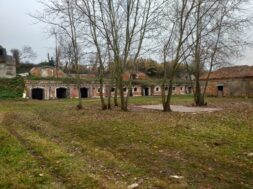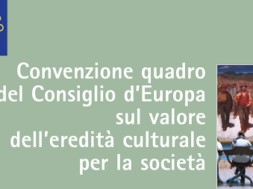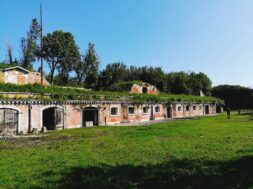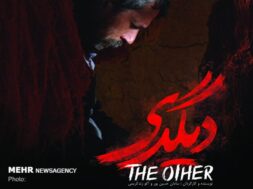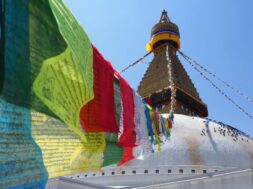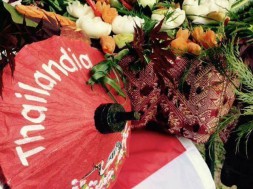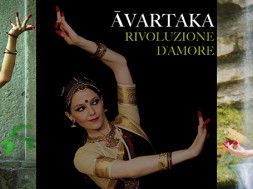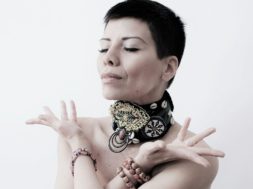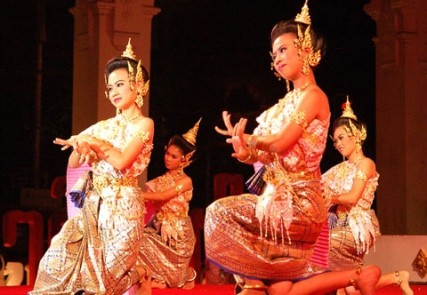
3 September
Sabato
h 17.30
workshop
where: Giardino base scout Civetta, Lido di Venezia
DANCE-THEATRE WORKSHOPS (OPEN LEVEL)
Indian classical Performing arts/ Bharatanatyam Dance – conducted by Associazione Gamaka
Traditional Thai Dances – conducted by Associazione Thai Triveneto
ore. 20.30
Traditional Thailandese dance show
curated by ass. Thailandese del Triveneto
4 September
WORKSHOPS
where: Giardino Base Scout Civetta, S. Nicolò, Lido Venice
h 16.00 — ore 17.30
DANCE-THEATRE WORKSHOPS (OPEN LEVEL)
Traditional Thai Dances – conducted by Associazione Thai Triveneto
Dance in Thailand
Thailand, the Land of Smiles and kindness. For tourists, always welcomed with all the honors, it is not difficult to have a small idea of the local traditions … In Bangkok, but also in many other beautiful places, such as the islands Koh Samui or Phuket, many restaurants offer, along with specialties gastronomic, exhibitions or performances of dances accompanied by Thai classical music: a way to entertain guests with ancient roots, although once the dance was performed only to the Thai royal court and exclusively by women. The gentle movements of the dance are enhanced by traditional embroidered costumes. The movements are elaborate and rather slow, a bit ‘hypnotic, but with lively rhythms and accompanied by sounds of various oriental instruments. On these occasions, the audience can see different types of dance, each with its steps and times.
Different styles united by grace
The Thai dance is very expressive, but differs from region to region, depending on the culture and environment. To the north it is characterized by elegant and graceful movements while in the south and in the north-east is more lively and vibrant. The dances are performed almost exclusively by young women from your face permanently set the smile that make gestures and graceful movements and mimic or interpret any single event of the staging history. The ballets, in fact, always have a plot that tells stories where good wins in the end on the dark power of evil. As in neighboring India, also will dance in bare feet resting on the ground the whole foot plant in Thailand. The costumes worn by the dancers are always of great beauty and richly decorated, while the hairstyle can be decorated with orchid flowers.
The journey of discovery through the Thai dance shows we can find a strong link with the theater, almost as if the dancers and the actors were the same thing. The Lakhon, a word that simply means “story or plot,” is the basic form of classical Thai dance. It’s a dramatic dance that draws on the Ramakien themes, the story of Rama, known in India as the Ramayana, Panji and Prince of Javanese tradition. Our classic of the genre is the Lakhon Nai, meaning “inner theater”, which was represented by court actresses inside the Royal Palace. Most popular is instead Lakhon Nok, that “outside theater”, represented by actors and actresses, and often associated with religious celebrations. The costumes are inspired in large part to the court clothes during the Ayutthaya period. The actors who represent real people wear high gold hats shaped as the stupa (Buddhist monument).
The Likay, instead, is one main attraction of almost all the provincial parties, similar to the popular folk music in Western countries. It could be described as a burlesque form of ballet, with actors That partly improvise Based on a dish towel. The Likay often puts on stage stories of amorous intrigues.
The Khon – What Never Been One art form designed for the masses – and a real dance-drama with use of masks, which dates from the fifteenth century. It is thought to have originated from the Nang Yai Shadow theater, replacing Puppets with Actors. In fact, until a few years ago, the traditional setting had a white Screen bottom-coming scene. Originally all the Khon Actors wore masks and the impossibility to play any sound made necessary the presence of the orchestra (The Khon-pak).
